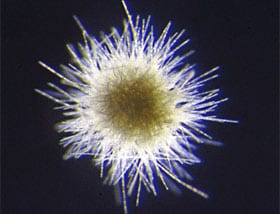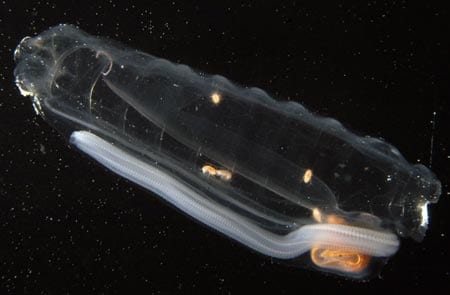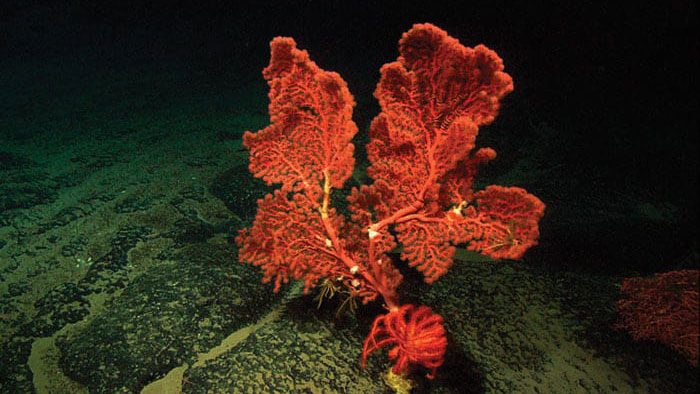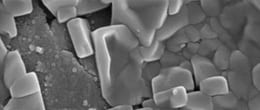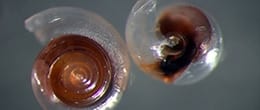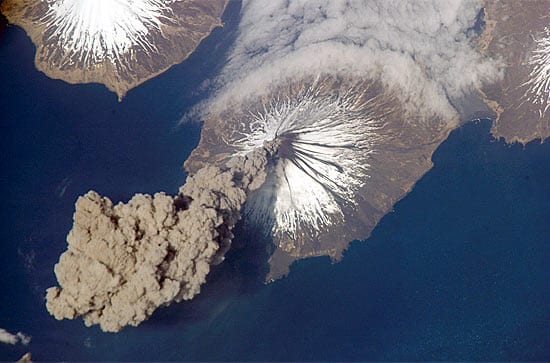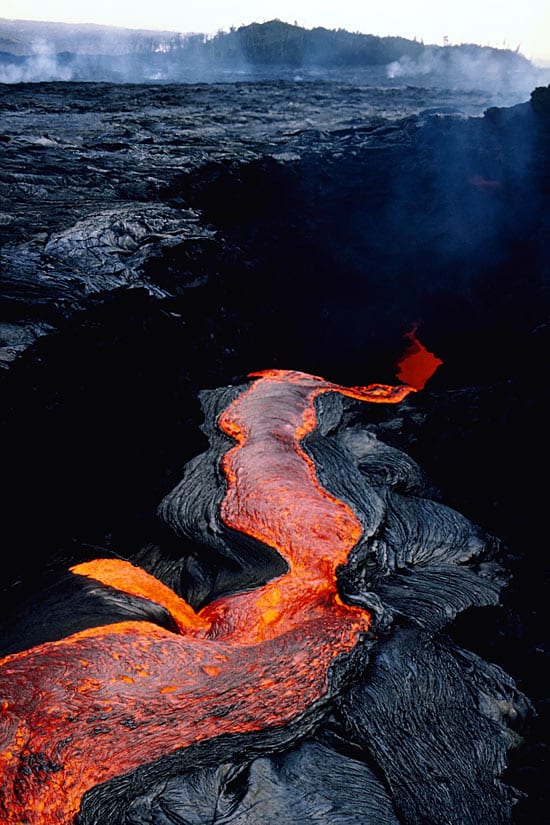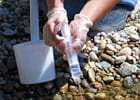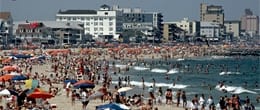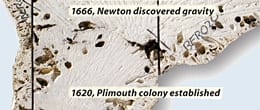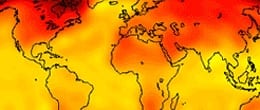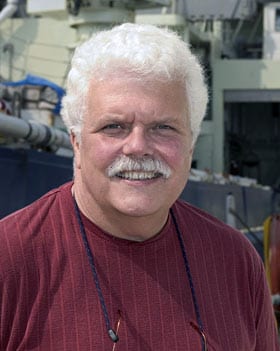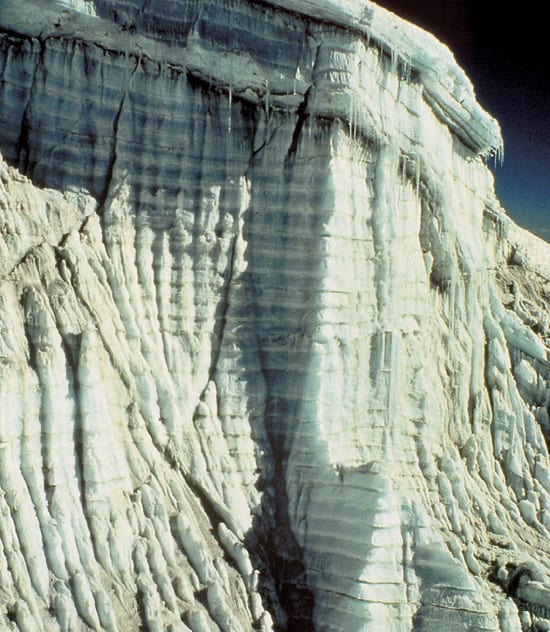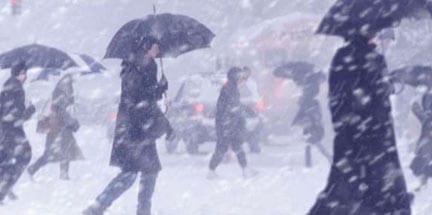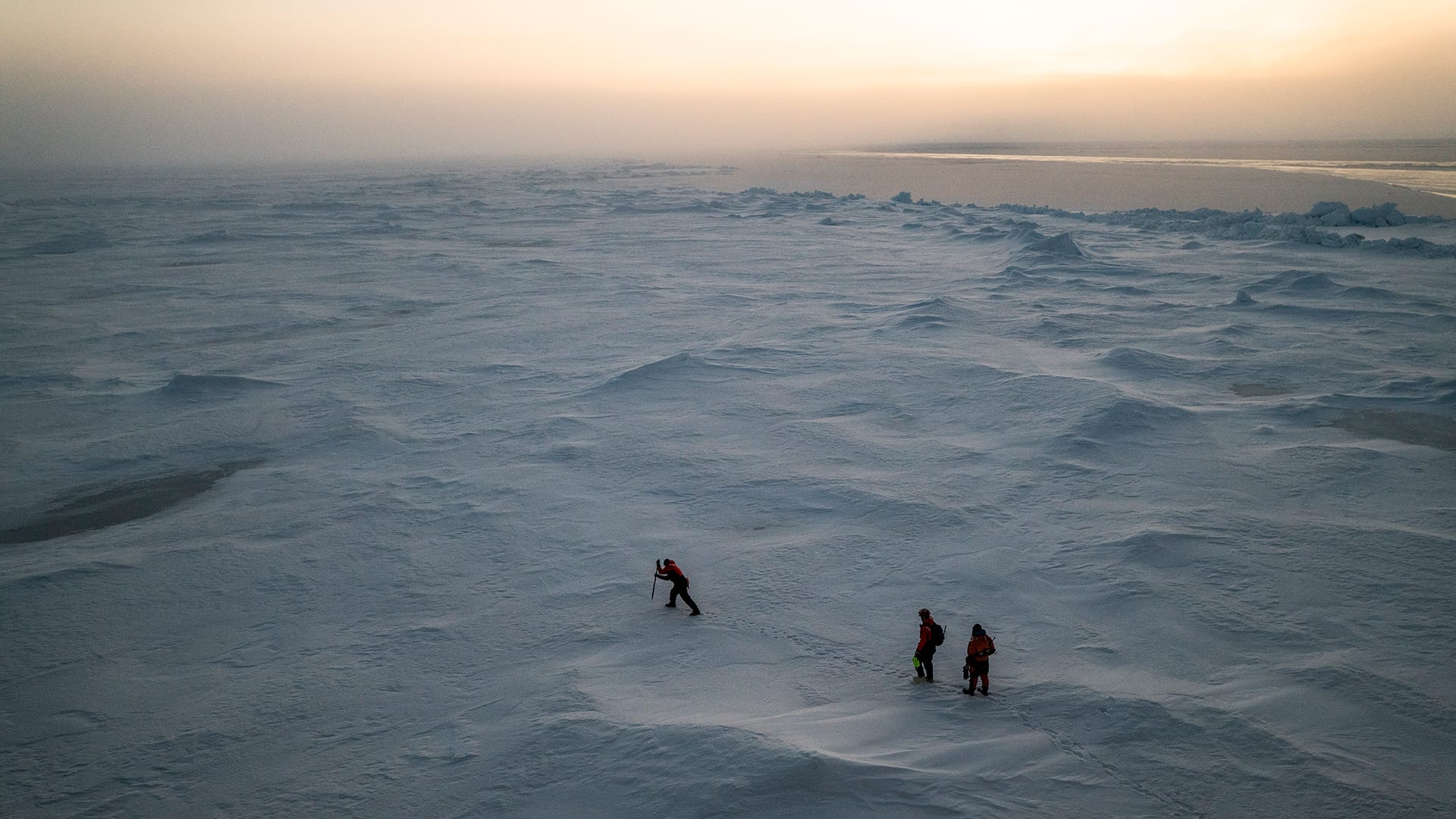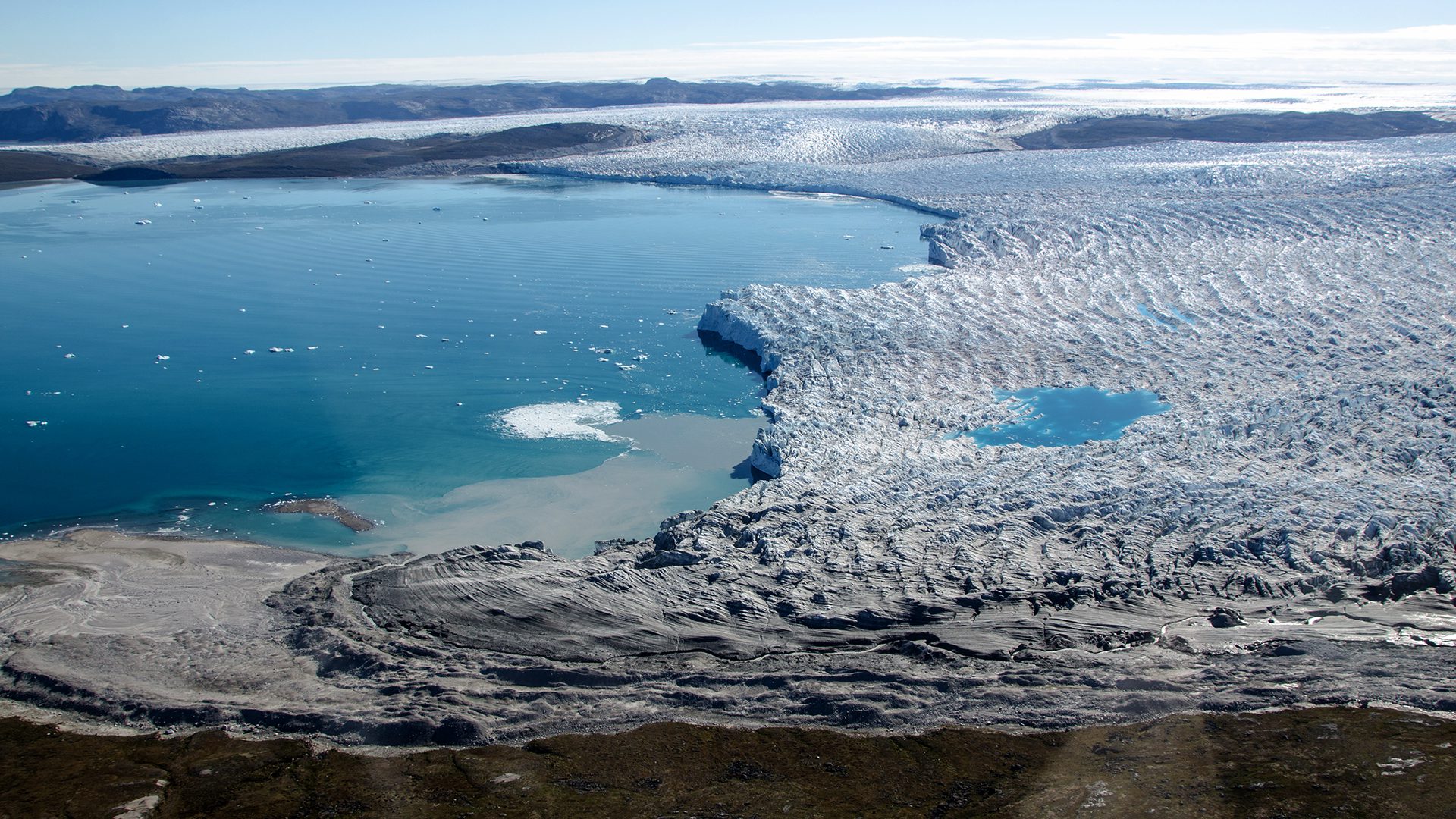Topic Feature
Plankton, By Any Other Name
Plankton are the diverse collection of organisms found in water that provide a crucial source of food to many small and large aquatic organisms, such as bivalves, fish and whales.
Read MoreThe Watery World of Salps
A salp is a barrel-shaped, planktic tunicate that moves by pumping water through its gelatinous body, and can be seen as a single organism or in long, stringy colonies.
Read MoreDeep-sea Corals
When most people think of corals, they think of the Great Barrier Reef off Australia, but deep in the ocean much smaller coral formations lie past the point where light penetrates.
Read MoreSpray Glider
Spray gliders are autonomous underwater vehicles that glide through the ocean to measure sea temperature, current velocity and other parameters at different elevations throughout water column. The measurements are taken…
Read MoreSubmerged Autonomous Launch Platforms
Amy Bower wanted to investigate an elusive and unpredictable phenomenon in a remote ocean. Off the west coast of Greenland, large, spinning rings of warm water, called eddies, occasionally form…
Read MoreRAFOS Float
What is it and why do we use it? The name RAFOS is the word SOFAR spelled backwards. SOFAR is an acronym for SOund Fixing And Ranging, which refers to…
Read MoreCarbon Dioxide in Seawater
When carbon dioxide mixes with seawater it has the effect of reducing the availability of carbonate ions, which many marine organisms need to build their shells.
Read MoreThe pH Scale
pH is a measure of the concentration of hydrogen ions in a solution. The more hydrogen ions that are present, the more acidic is the solution. The pH scale ranges from zero (very acidic) to 14 (very basic).
Read MoreFAQs about Ocean Acidification
These questions were widely distributed to the research community with the request to draft concise replies summarizing current knowledge with peer review.
Read MoreHow Old is that Volcano?
One of the most common questions that scientists and nature lovers ask when they see an interesting rock is: how old is it?
Read MoreLava Flows
When a volcano erupts, the molten rock that comes out of the Earth is called lava. Lava is so hot, it remains molten and flows until it cools and hardens into rock.
Read MoreWatch What You Eat
Harmful Algal Blooms (HABs) can take a variety of forms, each with a distinct and disturbing impact on human health.
Read MoreNootka Buoy
What is it and why do we use it? The Nootka buoy offers scientists the equivalent of a wireless hotspot in the middle of the deep ocean. The only catch…
Read MoreAutonomous Hydrophone Array (AHA)
Hydrophone arrays “hear” and record sound waves generated by seismic events, submarines, or whales, and are installed in places that don’t block sound wave transmission.
Read MoreInterested in Helping us Study Rivers?
What you need to do We are looking for samples from most large rivers close to the ocean. If you live or are traveling to a river you think would…
Read MoreA Rising Tide Along the Coast
Never before has coastal research been more relevant and more important to society’s well being. The numbers are staggering: More than 155 million people (53 percent of the population) reside…
Read MoreDating Corals, Knowing the Ocean
Coral is a useful tool for scientists who want to understand changes in past climate, but recalling that history presents its own set of challenges.
Read MoreGlobal Warming Q&A
Introduction The following Q&A was developed from a panel discussion held in Woods Hole as part of the Institution’s spring trustee meeting, May 19, 2006. The discussion was introduced by…
Read MoreQ&A: IPCC 5th Assessment Report
AR5 Working Group I Final ReportClimate 2013: The Physical Science Basis What is the IPCC? The Intergovernmental Panel on Climate Change (IPCC) is an international body responsible for assessing the…
Read MoreThe Heat Before the Cold
April 18, 2002 This week’s unexpected heat wave across much of the Northeast and Midwest, couple with recent reports about the surprisingly fast collapse of an Antarctic ice shelf the…
Read MoreAre We on the Brink of a ‘New Little Ice Age?’
Evidence for abrupt climate change is readily apparent in ice cores taken from Greenland and Antarctica.
Read MoreAbrupt Climate Change: Should We Be Worried?
Fossil evidence demonstrates that Earth’s climate can shift within a decade, establishing new and different patterns that can persist for decades to centuries.
Read MoreWhat’s After the Day After Tomorrow?
To help distinguish science from science fiction, here is a summary of points raised by the movie and commentary edited by WHOI climate scientists.
Read MoreCommon Misconceptions about Abrupt Climate Change
Several decades of scientific research have yielded significant advances in understanding the ocean’s role in regulating Earth’s climate.
Read More
